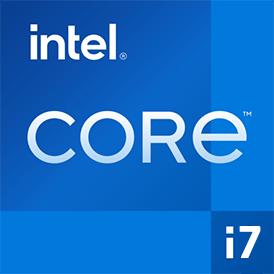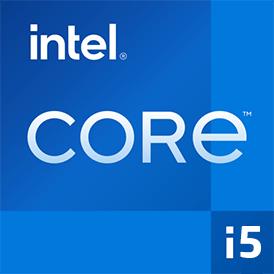 Estimated results for PassMark CPU Mark
Estimated results for PassMark CPU Mark
|
|
Intel Core i5-1038NG7
4C 8T @ 2.0 GHz
|
9355
|
|
|
Intel Core i7-4770HQ
4C 8T @ 2.2 GHz
|
5790
|
 Cinebench R23 (Multi-Core)
Cinebench R23 (Multi-Core)
|
|
Intel Core i5-1038NG7
4C 8T @ 2.0 GHz
|
4995
|
|
|
Intel Core i7-4770HQ
4C 8T @ 2.2 GHz
|
3249
|
 Geekbench 6 (Multi-Core)
Geekbench 6 (Multi-Core)
|
|
Intel Core i5-1038NG7
4C 8T @ 2.0 GHz
|
4439
|
|
|
Intel Core i7-4770HQ
4C 8T @ 2.2 GHz
|
3666
|
 Geekbench 5, 64bit (Multi-Core)
Geekbench 5, 64bit (Multi-Core)
|
|
Intel Core i5-1038NG7
4C 8T @ 2.0 GHz
|
4236
|
|
|
Intel Core i7-4770HQ
4C 8T @ 2.2 GHz
|
3050
|
 Geekbench 6 (Single-Core)
Geekbench 6 (Single-Core)
|
|
Intel Core i5-1038NG7
4C 8T @ 2.0 GHz
|
1329
|
|
|
Intel Core i7-4770HQ
4C 8T @ 2.2 GHz
|
1014
|
 Geekbench 5, 64bit (Single-Core)
Geekbench 5, 64bit (Single-Core)
|
|
Intel Core i5-1038NG7
4C 8T @ 2.0 GHz
|
1150
|
|
|
Intel Core i7-4770HQ
4C 8T @ 2.2 GHz
|
755
|
 Cinebench R23 (Single-Core)
Cinebench R23 (Single-Core)
|
|
Intel Core i5-1038NG7
4C 8T @ 2.0 GHz
|
1118
|
|
|
Intel Core i7-4770HQ
4C 8T @ 2.2 GHz
|
767
|
 iGPU - FP32 Performance (Single-precision GFLOPS)
iGPU - FP32 Performance (Single-precision GFLOPS)
|
|
Intel Core i5-1038NG7
4C 8T @ 2.0 GHz
|
1075
|
 Cinebench R15 (Multi-Core)
Cinebench R15 (Multi-Core)
|
|
Intel Core i5-1038NG7
4C 8T @ 2.0 GHz
|
781
|
|
|
Intel Core i7-4770HQ
4C 8T @ 2.2 GHz
|
634
|
 Cinebench R15 (Single-Core)
Cinebench R15 (Single-Core)
|
|
Intel Core i5-1038NG7
4C 8T @ 2.0 GHz
|
177
|
|
|
Intel Core i7-4770HQ
4C 8T @ 2.2 GHz
|
131
|

